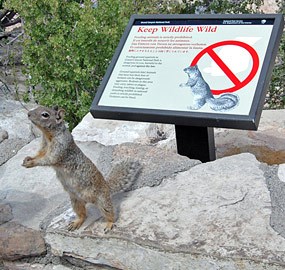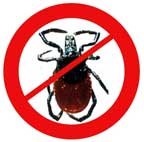|
The facilities and environment at Fort Monroe National Monument reflect a wide range of settings from urban development spanning hundreds of years of construction to natural resource areas. We ask you to remember these safety suggestions while visiting Fort Monroe. Safety Precautions

NPS Photo by Michael Quinn Animal Safety -
Fort Monroe is home to many animal species, some of which are threatened, endangered, or recently removed from protective lists.
Bicycle Safety -

Ticks / Lyme Disease Awareness Fort Monroe National Monument, like much of the northeast and southeast, is at risk for increased tick activity. Minimize your chances of exposure by following a few simple steps:
Be sure to check yourself, family, and pets for ticks when you get ready to leave. If you find any attached to you contact your health care provider for appropriate medical advice. Mosquitos and West Nile Disease Awareness Fort Monroe National Monument, like much of coastal Virginia areas, is at risk for increased mosquito activity due to damp and humid conditions. Minimize your chances of exposure by following a few simple steps:
Traffic -
Report any safety hazards at the Casemate Museum
|
Last updated: December 6, 2018
